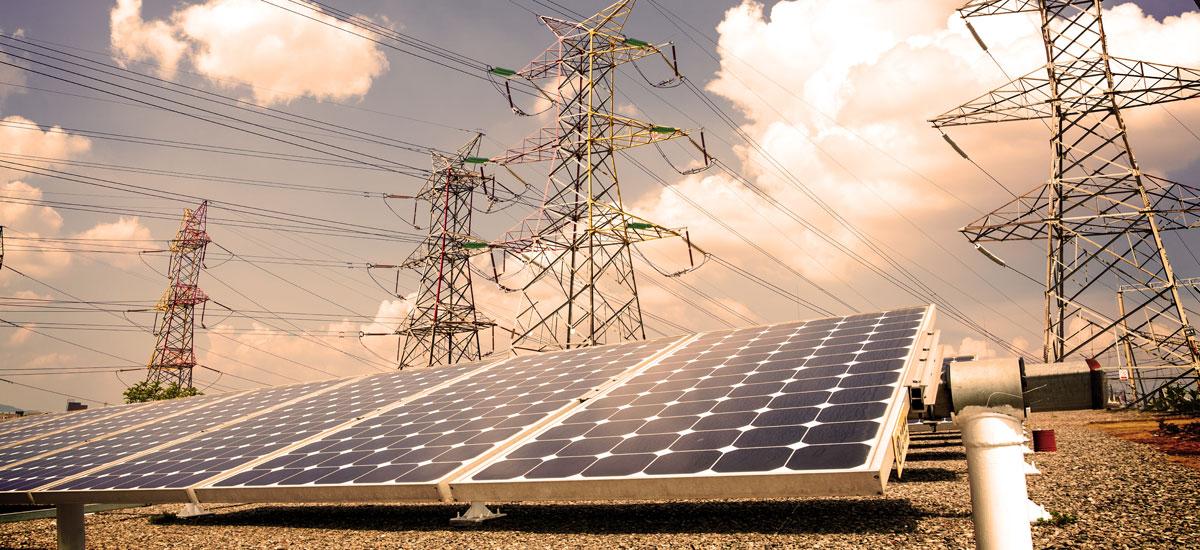The United States is on a journey toward using more renewable energy, and the government is leading the way. Fossil fuels like coal, oil, and natural gas, which we’ve relied on for so long, are not only running out but also harming our planet by creating pollution. Luckily, we have cleaner options like solar, wind, hydroelectric, geothermal, and biomass energy. These renewable sources are great because they don’t pollute and won’t run out.
To help everyone start using more renewable energy, the U.S. government has set up various policies, incentives, and programs. These efforts are designed to make renewable energy more affordable and easier for people and businesses to use. This blog will talk about why these government actions are so important and how they’re helping change the way we power our country, making it cleaner and greener for the future.
Federal Tax Credits and Incentives
One of the biggest ways the U.S. government is getting more people to use renewable energy is through special savings called federal tax credits and incentives. Imagine you decide to put solar panels on your roof. The government offers a program called the Investment Tax Credit (ITC), which lets you keep some of the money you would have paid in taxes based on how much you spent on those solar panels. It’s like getting a discount just for choosing cleaner energy.
There’s also something called the Production Tax Credit (PTC) for businesses that generate electricity with wind, geothermal, or biomass energy. This credit gives them a little money back for every unit of clean electricity they produce. It’s like a reward for making energy the green way.
These tax credits make it cheaper for people and businesses to choose renewable energy, which is usually a bit more expensive upfront. By saving money on taxes, it becomes a lot more tempting to go green.
But that’s not all. The government also has grants, loans, and other programs to help with the cost of starting up renewable energy projects or doing research to make these technologies even better. All these efforts mean that more people can afford to use clean energy, making it a big part of our country’s move towards a cleaner environment.
State and Local Initiatives
Besides what the federal government is doing, states and local areas have their own ways of encouraging people to use renewable energy. Many places offer extra tax breaks, money back (rebates), or grants if you decide to install things like solar panels or make your home more energy-saving. It’s like getting a bonus on top of what the national government offers.
Some states have rules called Renewable Portfolio Standards (RPS). These rules make it a must for electricity companies to get a certain part of their power from renewable sources by a specific time. This pushes the whole state to use more clean energy.
There’s also something cool called net metering. If you have solar panels at home and you make more electricity than you need, you can sell the extra back to the power grid. It’s a way to earn a little money while helping to power your neighborhood with clean energy.
Local governments might also make it easier to get permits for installing renewable energy systems or not charge extra taxes on your property for having them. All these state and local efforts work together with the federal ones, making renewable energy more popular and affordable for everyone Rubber Diaphragm.
Research and Development Funding
The U.S. government is not just helping people buy renewable energy systems; it’s also putting money into figuring out how to make these systems better and cheaper. This is done through funding research and development (R&D). The Department of Energy (DOE) is a big player here, giving money to labs, universities, and companies to create new and improved ways to use solar, wind, geothermal, hydro, and bioenergy.
This R&D work is super important because it tackles challenges like making solar panels that can catch more sunlight or wind turbines that can work even when the wind isn’t very strong. Researchers are also looking into how we can store energy—so when we make too much electricity on a sunny or windy day, we don’t waste it and can use it later when we need it.
Investing in R&D helps everyone. It means renewable energy will keep getting better and more affordable, making it easier for more people and businesses to switch away from fossil fuels. This not only helps our planet by reducing pollution but also makes our energy supply more secure and reliable in the long run.
Public Education and Awareness
The U.S. government knows it’s not just about making renewable energy cheaper and better; people also need to understand why it’s so important. That’s why there are lots of programs aimed at teaching the public about the benefits of renewable energy and how to use it. Agencies like the Environmental Protection Agency (EPA) and the Department of Energy (DOE) have websites full of information, offer training programs, and even work with schools to get the word out.
These efforts are all about helping everyone—homeowners, businesses, and schools—learn more about how renewable energy works and why it’s good for our planet and our wallets. The idea is that the more we know, the more likely we are to make choices that help the environment. By spreading knowledge and raising awareness, the government is helping build a community that supports clean energy and is ready to take action for a greener future.
Government Lead by Example
The U.S. government isn’t just talking the talk when it comes to renewable energy; it’s walking the walk, too. Government buildings, military bases, and other federal facilities are starting to use more and more renewable energy. This shows everyone that the government believes in the power of clean energy and is ready to use it.
For example, the Department of Defense, which uses a lot of energy, is putting solar panels on its bases. The General Services Administration, which takes care of federal buildings, is working to make them more energy-efficient and powered by renewable sources. This is a big deal because it not only reduces pollution but also shows businesses and regular folks that renewable energy is reliable and practical.
By setting these examples, the government hopes to inspire more people to give renewable energy a try. It’s also a way to create more demand for clean energy, which can lead to more jobs and innovation in the industry. When the government commits to using renewable energy, it sends a strong message that clean energy is the way forward for a sustainable and secure future.
Conclusion
The U.S. government is really stepping up to make renewable energy a big part of our future. Through tax breaks, research funding, education, and by using renewable energy in its own buildings, the government is showing that it’s serious about cutting pollution and fighting climate change. These efforts are making it easier and more affordable for everyone to use clean energy. As technology gets better and cheaper, and as more people learn about the benefits, renewable energy will become a normal part of life. This is all about creating a cleaner, healthier planet for us and future generations.


